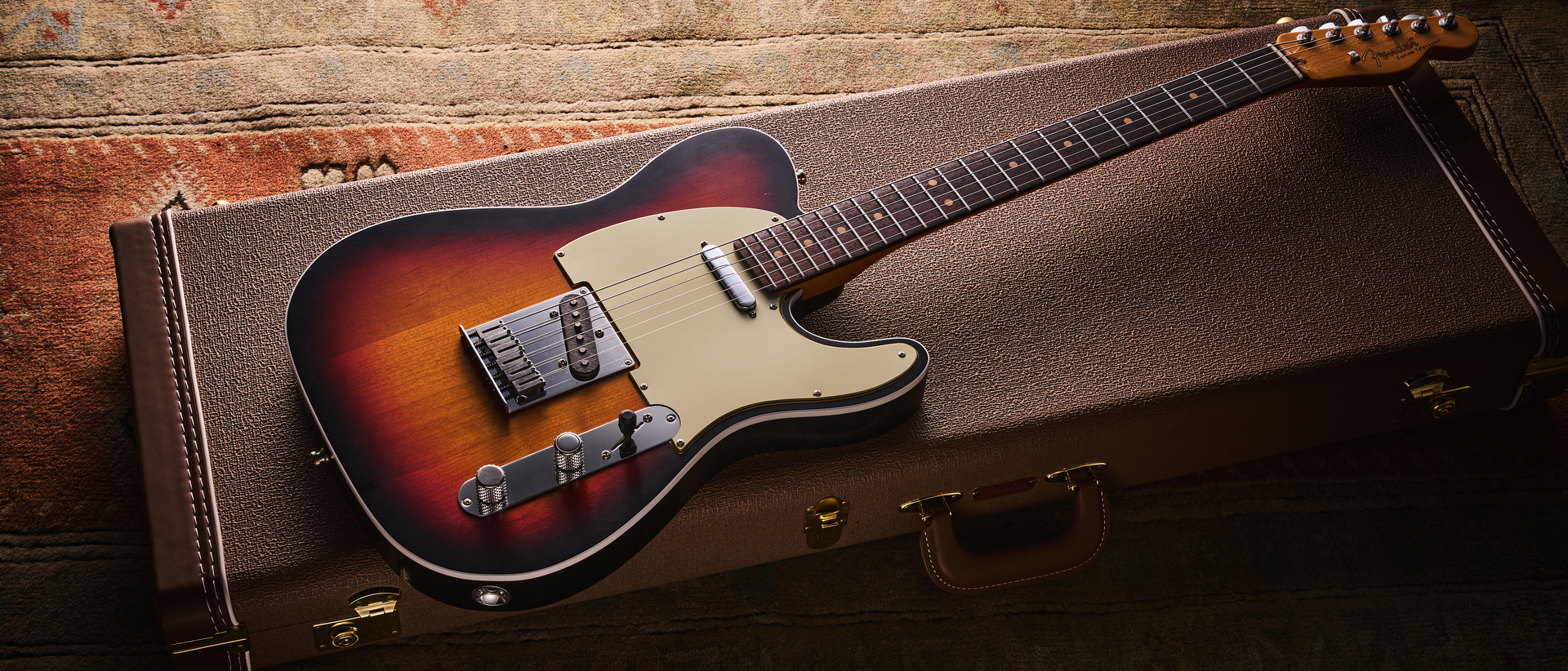Guitar World Verdict
The Tele blueprint moves into another distinct chapter here with an Heirloom finish that pushes this model further into premium-price territory for a production Fender guitar. The blend of vintage and contemporary spec will be a turn-off for some but it is really compelling in use, and an investment here could result in a Tele that easily becomes a number one workhorse for a gigging guitarist.
Pros
- +
An attractive vintage vibe paired with practical modern features for gigging and recording players.
- +
Fantastic neck.
- +
A showcase of Tele sonic versatility with the series switch as a powerful tool to draw on.
Cons
- -
Some cosmetic issues with our test model that are exposed by the Sunburst nitro finish.
- -
Some will find the meeting of vintage and modern here unsightly.
- -
It comes at a significant premium for a USA production guitar.
You can trust Guitar World
What is it?
Now we have the Fender Standard series as its entry-level option for affordable guitars after Squier, you'd be forgiven for thinking the company now has every angle covered when it comes to options for its iconic Telecaster. But that's not how the guitar industry works – there's always something to add to the recipe. And Fender is going pretty bold here with this extension to its American Ultra series.
The Ultra and Ultra II succeeded Fender's Elite range as its highest-end Californian-made series below Custom Shop options, with its most contemporary spec. These are not guitars for the vintage faithful – it's Fender taking a leaf out of its own brand Charvel's book to create a home for compound radius fingerboards, Luminlay side dots, sculpted heels and locking tuners alongside noiseless single-coil pickups. But clearly there was another itch Fender wanted to scratch for the range, and it's gone and combined the old and new with a range of Vintage Ultra Luxe guitars – including this '60s Tele Custom.

The idea of the Luxe option is the Ultra "elevated" – an ultra Ultra, if you will. Since their inception in 2021, the Luxe models bring additional features to the body sculpting and advanced switching options of the Ultra spec. This has meant 22 stainless steel frets and "Augmented" D-shaped necks (as opposed to the base Ultra II's Modern D). The former is present here but the neck carve is a Modern D. The headline new addition is to be found elsewhere.
The new Ultra Luxe Vintage '50s and '60s models debut Fender's new Heirloom aging to the lacquer. From a distance you'd be forgiven for not even spotting these guitars are relic'd, beyond the duller sheen; instead there's hairline checking to be found in the nitro finishes across the body and neck to artifically simulate the effect of decades of environmental temperature changes on the finish. Like an old guitar that's been played and loved, but not fully "road worn". It's not everyone's cup of tea of course, but it is a subtler alternative to heavier relic guitars.
Elsewhere, clay dot fret markers in a rosewood fingerboard with a compound radius sit alongside Luminlay side dots and a tinted quartersawn maple neck. Pure Vintage '63 pickups – not the usual Noiseless models of the Ultra line – draw on the additional power of series wiring via S1 switching. It's a bold meeting of worlds and it comes at a price that's $350 above the existing high-end Ultra Luxe Tele option.
So, has Fender gone too far or found an irresistible blend? Time to investigate.
Specs
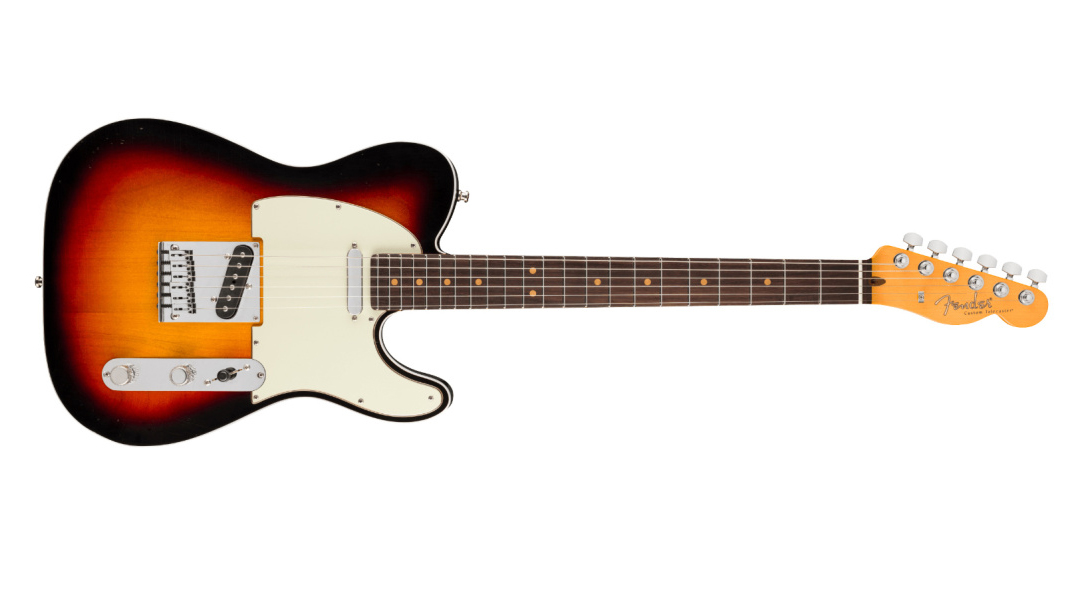
- Launch price: $2,999.99/£2,949/€3,499
- Made: USA
- Type: Six-string solid body electric guitar
- Body: Alder
- Neck: Quartersawn maple / Modern D
- Fingerboard/radius: Rosewood / 10-14" compound radius with Ultra rolled edges
- Scale length: 25.5" / 647.7mm
- Nut/width: Graph Tech TUSQ / 42.8mm
- Frets: 22 medium jumbo / stainless steel
- Hardware: Fender Deluxe locking short post tuner, chrome-plated brass block saddles, six-saddle through-body bridge, knurled flat-top control knobs, optional locking strap buttons
- String spacing at bridge: 54mm
- Electrics: 2 x Pure Vintage ’63 Tele single-coil pickups, S1 switching on volume control to active pickups in series
- Weight of test model: 7.6lb/3.4kg
- Left-handed options: No
- Finishes: 3-Color Sunburst (as reviewed), Lake Placid Blue (both with Heirloom Nitrocellulose lacquer)
- Case: Fender '60s-style hardcase
- Contact: Fender
Build quality
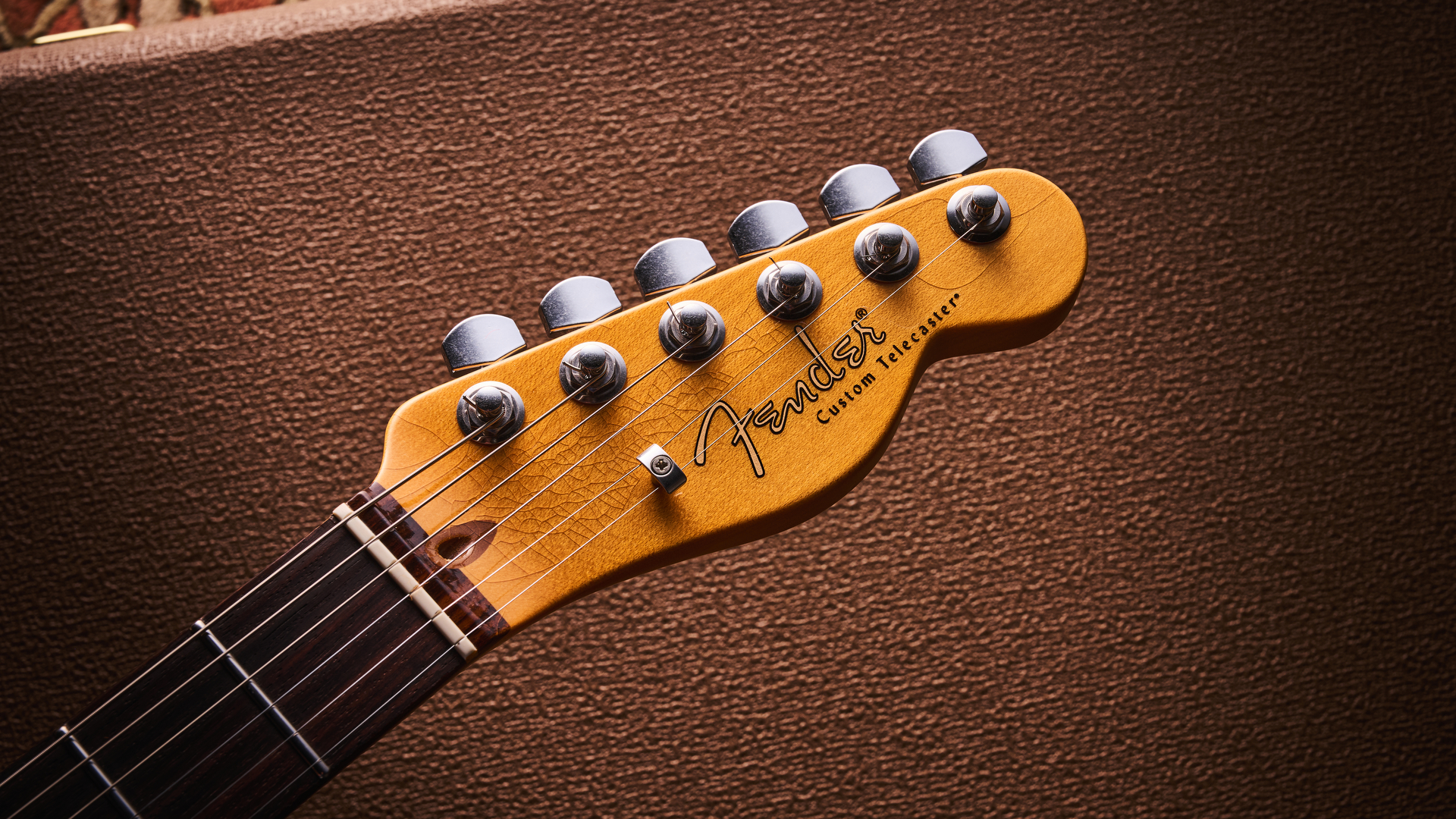
Build quality rating: ★★★★☆
All the latest guitar news, interviews, lessons, reviews, deals and more, direct to your inbox!
Opening the period-correct hard case is an emotional experience for me. Why? Well, a lot of us have a guitar that got away regret, right? I only have myself to blame for mine; I have previous with the double-bound beauty of a reissue '60s Tele Custom. A Japanese Fender model was my first proper electric guitar and I have regretted rashly selling it as a student ever since – seriously, what was I thinking?! – especially as they now sell well over four times what I paid for one used in the late '90s. Hindsight is a painful thing.
But the sense of familiarity isn't just personal here. The worn nitro gloss of the Heirloom-aged nitrocellulose and Ultra satin finish and rolled edges of the neck combine to feel like a played-in guitar that begs to be cradled. Relicing has always suited the stunning canvas of a Sunburst double-bound Tele body well , and Fender's new Heirloom slant is aimed at those who would like to continue the aging process themselves through playing. Though I have some criticisms of the guitar in front of me.
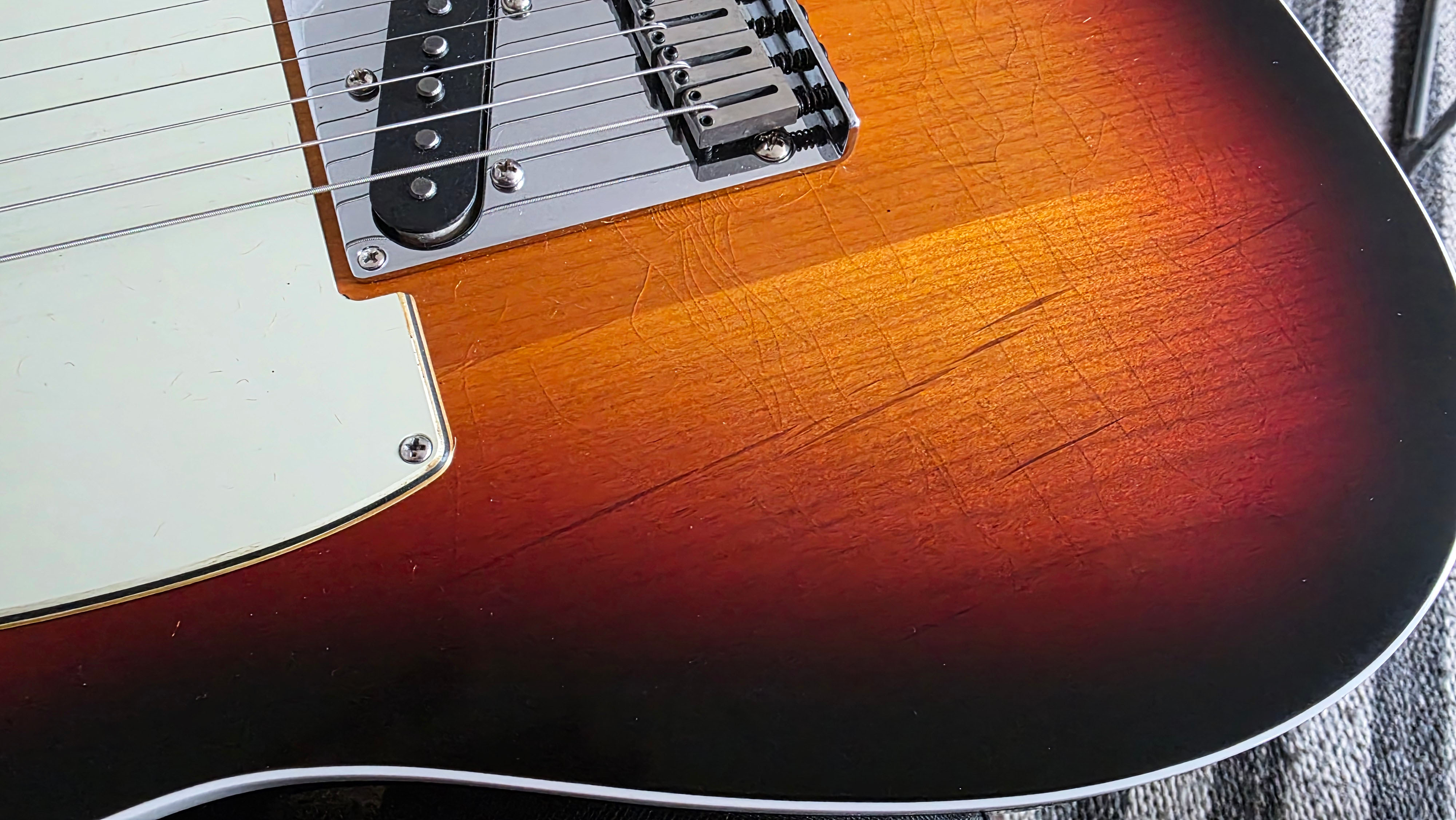
I think the checking has been tastefully applied here and works especially well with the darker 'burst hues, unlike the more Marmite approach of something like the Mexican-made Bruno Mars signature Strat. But the thinner nature of the nitro lacquer exposes some rather unsightly streaks in the alder grain on the lower left side of the body of this test model that I'd be unhappy with as a buyer of a $3000 guitar. They're also present on the back, though obviously less visible in everyday use. I question whether this was the best choice of alder piece for this particular finish treatment.
The visible joins in the three-piece body are more par for the course with this kind of finish, and something that will be far less visible with the Lake Placid Blue option.
I also notice a finish flaw on the upper bout that I don't believe can be carried off as aging as it seems to be a small bubble in the finish surface. A small flaw but possibly the kind of thing that could weigh as remorse on you as a buyer, especially at this price point.
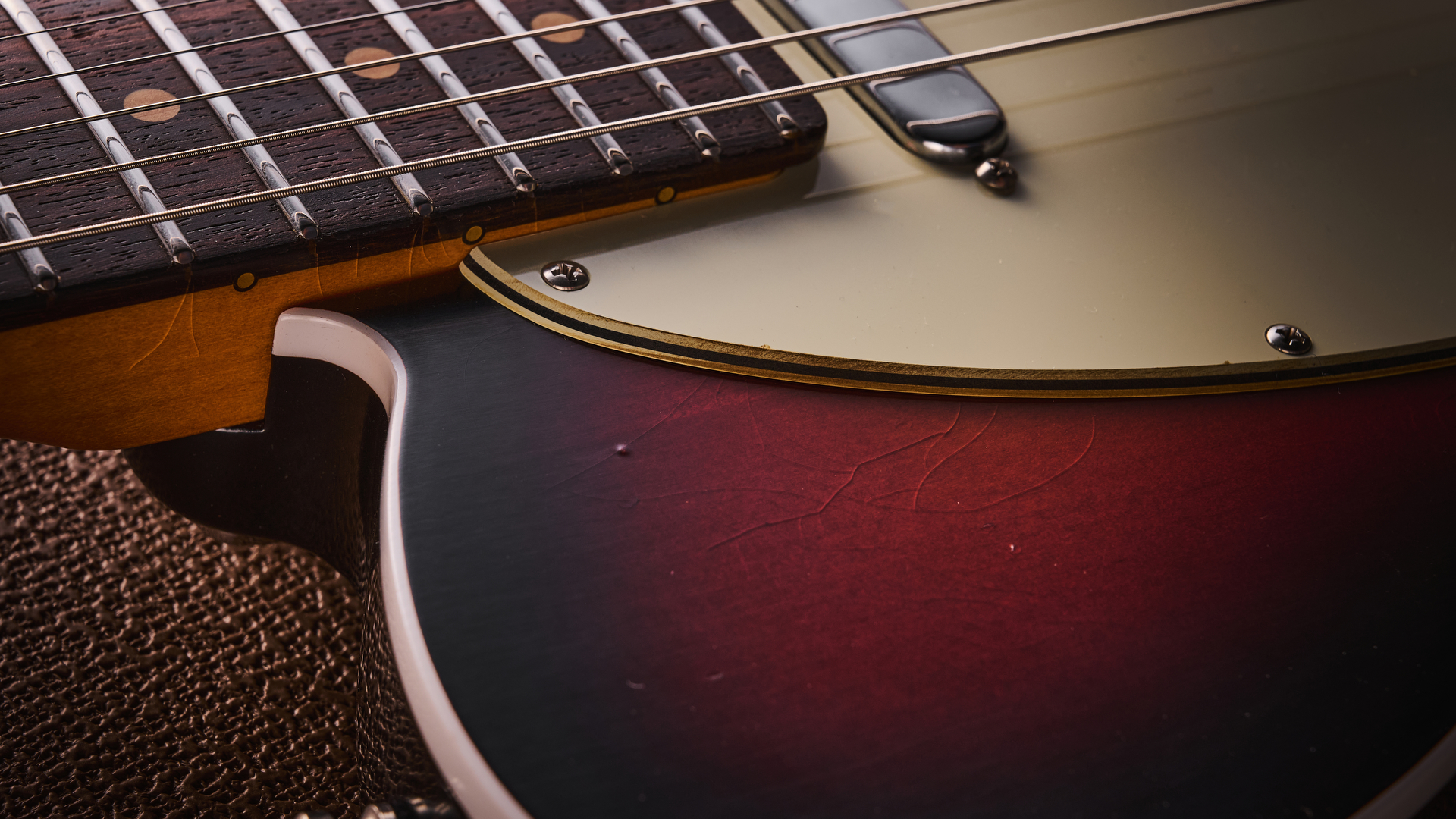
Before I move on to the good stuff – and there's plenty – I also need to state that I'm also not a fan of the knurled control knobs appearing on the Ultra models. While the sight of block saddles on a 60s Tele may leave some purists aghast, I'm less sold on the practical justification of enhanced grip for these meatgrinder-looking pieces of hardware when most of us do just fine with the tried and true design on other non-Ultra Teles.
I do accept they're less of a menace in their positioning here than the borderline dealbreaker example found on the Ultra II Meteora. Though this isn't the kind of guitar you buy to mod, the same obstacle to switching them out remains due to the S1 switching on the volume control.
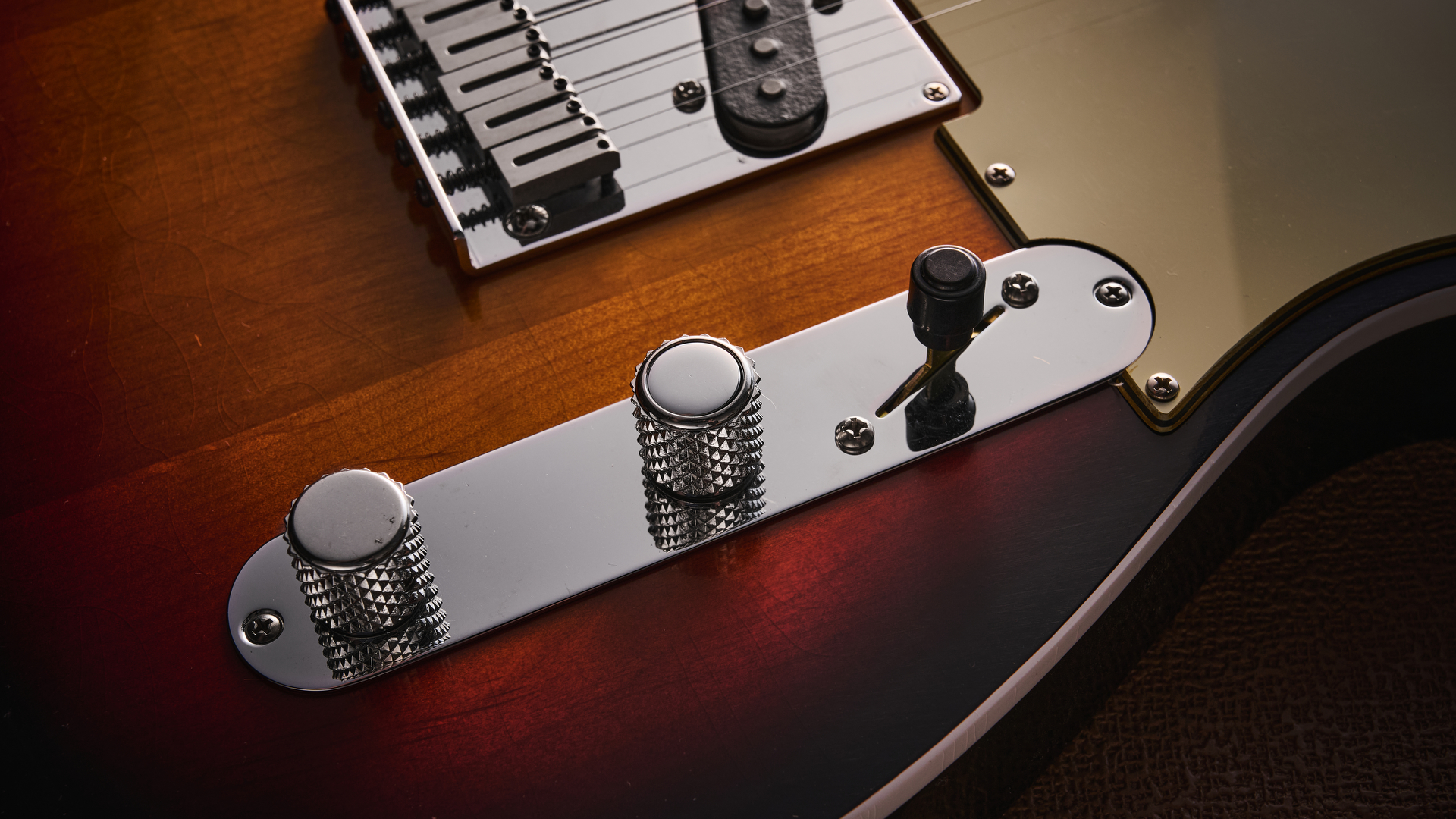
I am a huge fan of the original Ultra Tele I tested back in 2020 and much of the same appeal lies here. I like lighter-weight Fenders and I cannot lie (I'm talking 7lbs and even lower), but the 7lb 6oz here feels nicely balanced from the off, and the guitar is vibrantly resonant unplugged, which bodes well. I'd wager the the brass (chome covered) block saddles are certainly helping with that.
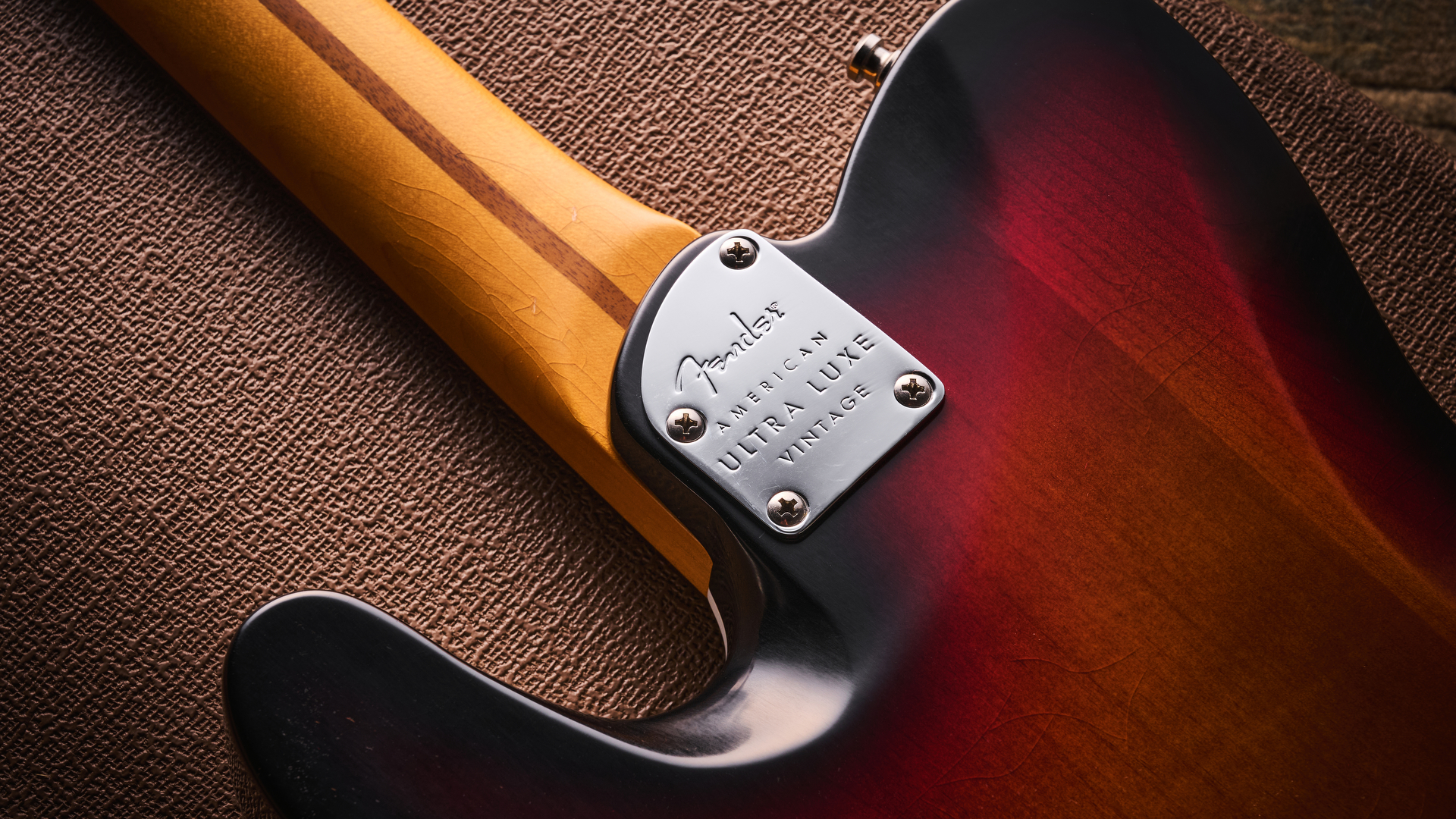
The Ultra series has always felt like Fender's statement for making its guitars easier to play but with even more versatility. An enhanced key to creativity and comfort. Around the rear of the body the evidence can be found with a contoured neck heel for improved access for your fretting hand to the upper reaches of the 'board. It's quite a significant carve too, but it looks and feels good. There's also a belly contour – something I'd really like to see filter down more to other, more affordable Fender models. Especially for my middle-aged pounch!
I'll talk about the setup more in the Playability section but out of the case it's bang on. No chokes or buzz to be found here even with a low action. It's also good to see Fender resist the Vintage II series authenticity and actually have the nut for the truss rod at the headstock. Nobody with stainless steel frets and Lumilay dots on their guitar wants to be dealing with removing a neck to adjust its relief, do they?
Speaking of those dots - that are designed to be clearly visible on darker stages – their colouring matches well with the dark clay hue of the fretboard markers. The best of both worlds? Certainly the case here.
Playability
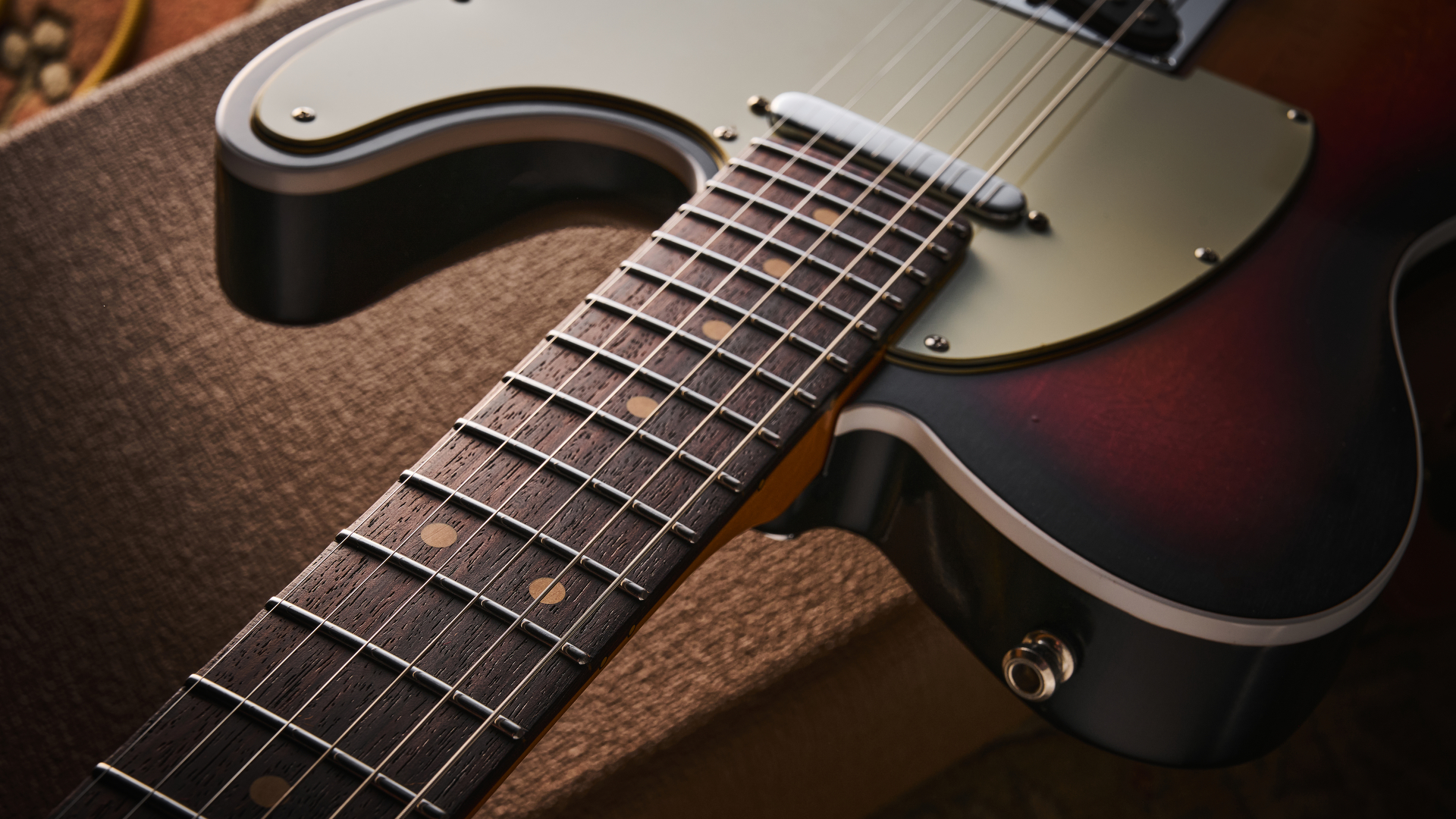
Playability rating: ★★★★★
As I mentioned, the action is slap bang in the low territory (1.25mm clearance from the low E, 1mm from the high) which makes it a very friendly guitar to get to know. There is also evidently truth in Fender calling these "Ultra" rolled fingerboard edges because they do feel notably more rounded than my Player II Mustangs. Is rolled edge envy now a thing? It's a feature it's hard to unfeel once you've tried it – the tangible comfort of rolled edges really do make you bond with the neck faster and keep you coming back for more.
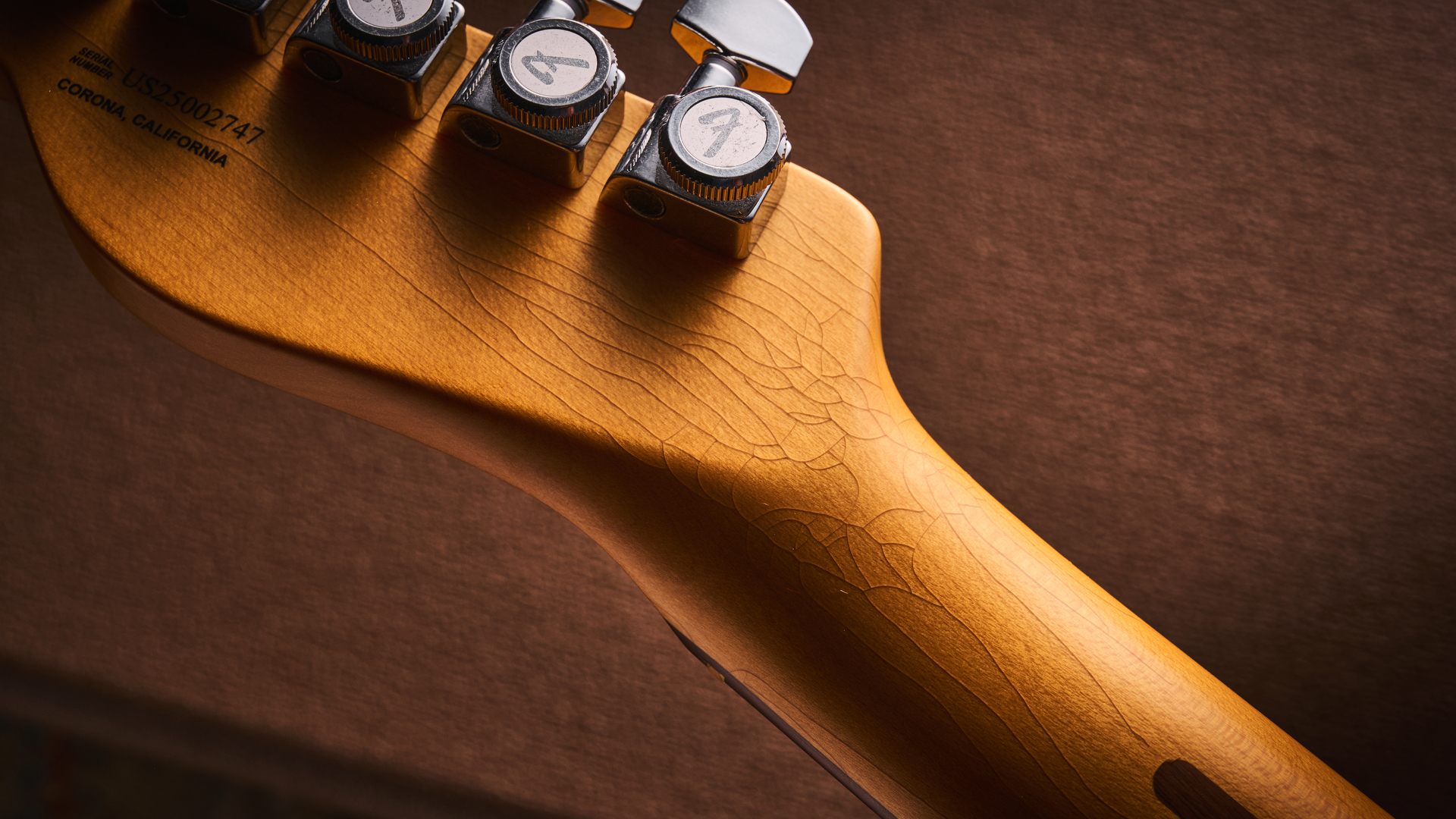
The enhancement these features bring to playing comfort and performance are undeniable for me
The Modern D is my favourite Fender neck shape when it's packaged with a compound radius. It just feels immediate to me, and fast. It's that comfort thing again. I mentioned earlier about the rolled fingerboard edges and the 10-14" compound radius could be another little game-changer for a Fender fan. Especially so for me coming from short-scale Mustangs and Duo-Sonics. The flatter real estate further up the neck is a treat compared. It's a feature, alongside the locking tuners and rear contours that you simply obviously don't find on Telecaster reissues and the proposition with the finish here is unique.
This is a lovely neck. The enhancement these features bring to playing comfort and performance is undeniable for me, but it's not necessarily a selling point for solos only – chord shapes further up the neck are easier than other Teles I've played. It feels freeing.
Sounds
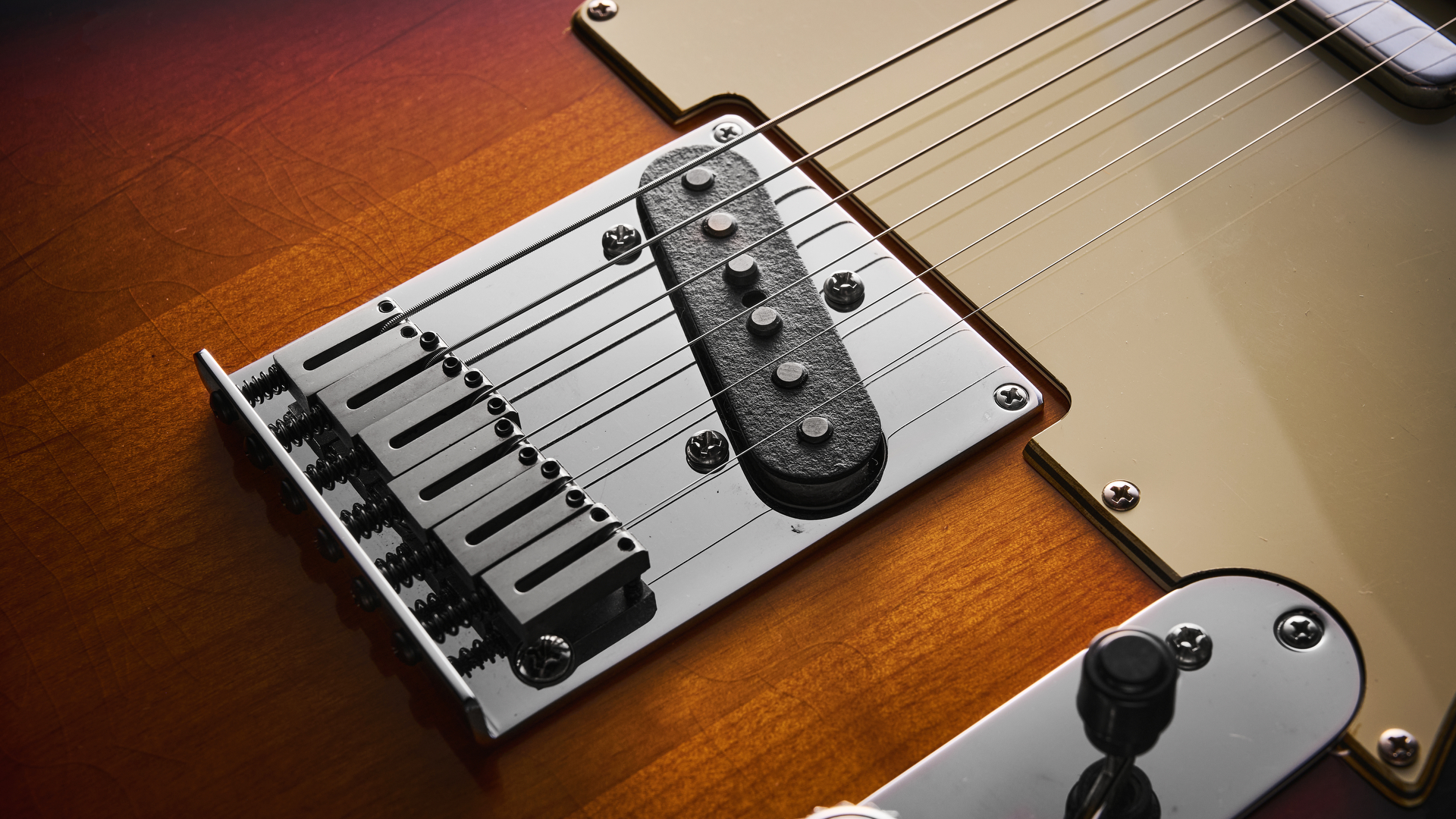
Sounds rating: ★★★★★
The departure from the Ultra norm here is the pickups – rather than a set of Ultra II Vintage Noiseless, Fender has gone with a truer vintage choice of the Custom with the '63 Pure Vintage single-coils found on the American Vintage II 1963 Telecaster. It's aiming for that best of both worlds theme again.
I've really enjoyed the advantages that the evolved Noiseless pickups have presented but here is a markedly different proposition – hum included. I measure resistance at 6.1k on the bridge pickup and 7.3k at the neck – very much in the vintage Tele territory I've experienced before.
There's a breadth to chords and a clear, bell-like character to notes that sounds like a high-definition Tele
Plugging into my Supro Delta King 12 tube amp and kicking in the overdrive circuit, there's distinctly less hum than I expected. As I test through it, before stacking with a Wampler Tumnus and a Funny Little Boxes 1991, I experience a real showcase of Tele versatility. The Pure Vintage 63s are great pickups.
Yes there's the twang and cut I'd hope for here – it's certainly more percusively spanky on the bridge with a boost than the Player II Tele sounds I'm used to – but driven it roars. There's a breadth to chords and a clear, bell-like character to notes that sounds like a high-definition Tele. The neck pickup balances round warmth with brightness to offer incredible range in conjunction with the tone control. Being able to round off with the tone and clean up so well with the volume pot when stacking with two overdrive pedals really impresses.
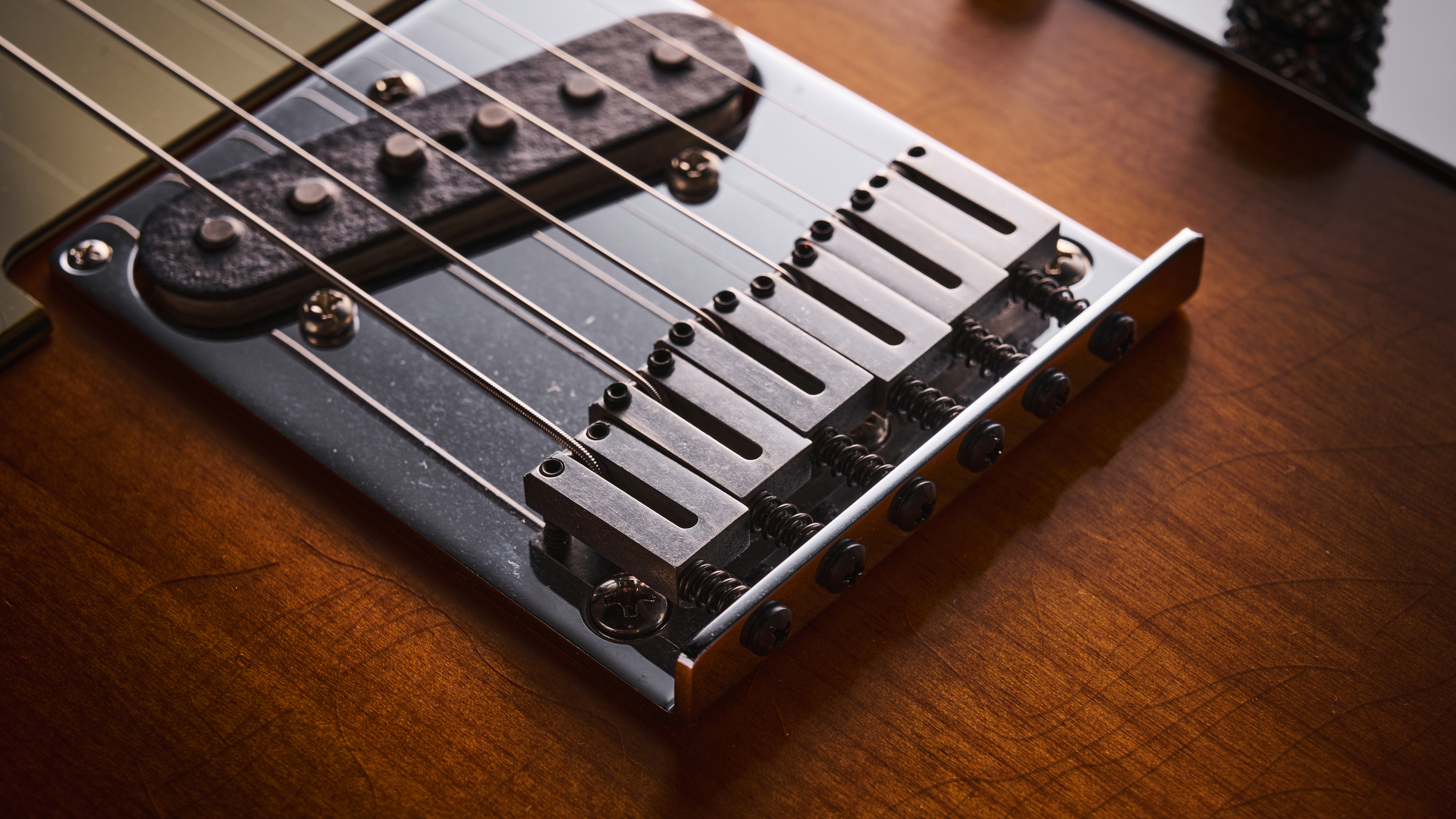
The series wiring mode really is the greatest Tele mod for me
It's the kind of performance you might expect from a $3,000 Fender, but it doesn't make it any less grin-inducing to experience. The series wiring mode really is the greatest Tele mod for me; an easily accessible instant key to added sustain and low end muscle available in all positions that's extremely useful live for solos, riffs and anything else you want to throw at it. A kind-of-humbucker button? I'll take that.
I find the series mode a great tool to switch between for dynamics when using the middle position's twinkly character for arpeggios and moving into heavier chord-based passages. Incidentally, that middle position sounds absolutely heavenly with a Boss CE-1 model on the UAFX Strat pedal and my Boss Delay Machine. Do I really have to give this guitar back so soon?
If you're one of those players who rarely touches the tone control, I think the possibilities this guitar offers in its four positions (including the series mode) will make you reconsider. It's testament to the difference quality pots can make with great pickups – the way this Tele retains its treble frequencies when cleaning up with the volume means I'm far less reliant on gain-staging with pedals.
Heartland US Americana, post-rock, country twang, British blues-rock, punk and beyond, it's a timely reminder that the Tele's tones weave into the very fabric of the guitar music we've grown up with. It is a workhorse for many needs, and I would argue more of an open canvas than the Strat. I feel that the Ultra Luxe Vintage '60s Telecaster Custom is a thoroughbred version of that.
Verdict

Fender doesn't make disappointing Teles these days, and when you combine the elements here it's little surprise the playability, versatility and vintage vibe is so evident. How the latter sits with you alongside the Ultra features is very much a personal choice of course. I think it works – but I'm much more open to block saddles on a nintro guitar than some. I see this as a working player's guitar, and by that I mean the kind of guitar a pro could use to get them through a session and a set, knowing it will not let them down. And it will do so while looking like an old friend from the early '60s.
The cosmetic issues I found with the test model here are hopefully isolated but remain a reminder to see and try high-end guitars in person where possible before a cash commitment. But this is one of the most playable Teles I've ever tested – comfortable, fast and inviting with its neck's soft edges. But it's the sounds that really represent everything I love about Leo's design, far more nuanced and rich than the steely 'twang' descriptions that might get thrown around vintage Tele character. The Pure Vintage '63 pickups really proved themselves when pushed with gain and my pedalboard.
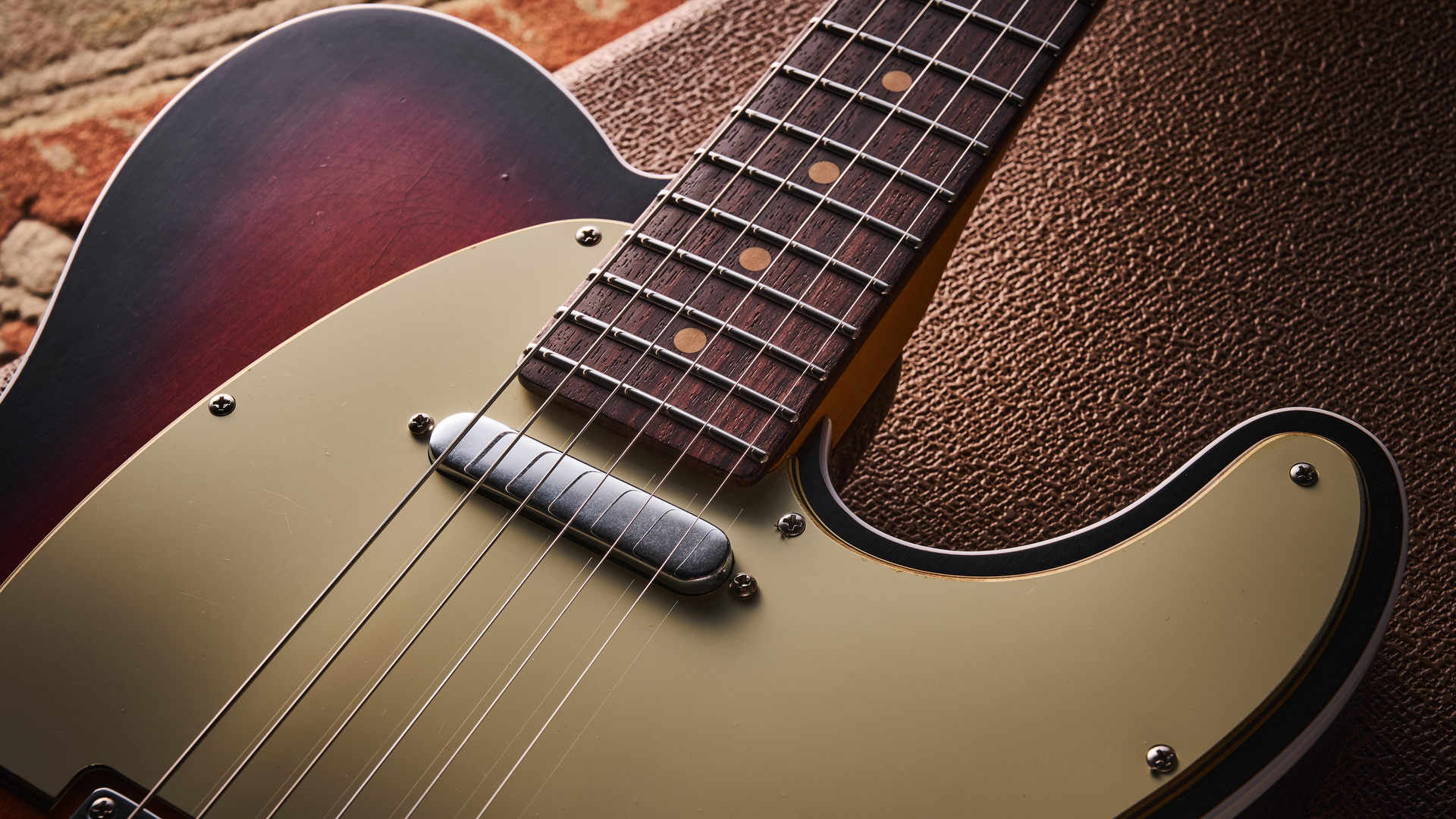
Some of the features here could be aftermarket mods, but the contours can only be by design. And design for players out there working – my hard-gigging colleague Pete who owns an Elite Strat is already in need of a refret, so would certainly appreciate the longevity of the stainless steel here.
It all makes for a really appealing package, but one that pushes the boundaries on high-end price for a Fender outside of the Custom Shop. Some purists will find the mix of vintage and Ultra spec here almost sacrilegious, but I have no doubt there are working players who have waited for a Tele exactly like this. For them the price will be easier to digest and justify, for others there's the American Vintage series – Fender wants to provide a Tele for everyone, after all.
GuitarWorld verdict: The Tele blueprint moves into another distinct chapter here with an Heirloom finish that pushes this model further into premium-price territory for a production Fender guitar. The blend of vintage and contemporary spec will be a turn-off for some but it is really compelling in use, and an investment here could result in a Tele that could easily become a number one workhorse for a gigging guitarist.
Test | Results | Score |
|---|---|---|
Build quality | A couple of cosmetic issues with the finish let the side down on an otherwise superb build and setup. | ★★★★☆ |
Playability | The combination of low action, compound radius and the Ultra neck contour makes for a vintage Tele with enhanced playability. | ★★★★★ |
Sounds | Out with the Noiseless pickups, in with the Vintage II set that are some of the best Fender has to offer – an incredible showcase of Tele strengths. | ★★★★★ |
Overall | The price is high but the combination here is irresistible. | ★★★★½ |
Also try
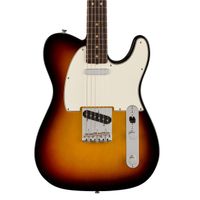
Fender American Vintage II 1963 Telecaster - $2,419.99/£2,069/€2.359
A non-Custom iteration means no body binding here, but if you're looking for more period correct spec, this is the place to come – you'll also get the same Pure Vintage pickups as the review guitar here.
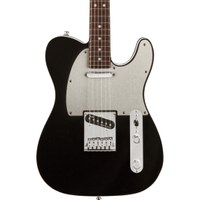
American Ultra Telecaster - $1,979.99/£2,319/€2.509
Discontinued on the Fender site but still out there if you hunt, the original Ultra run featured this stunning dark finish (that changes under the light) with a bound body. You'll get all the Ultra goodness – minus the Luxe's stainless steel frets.
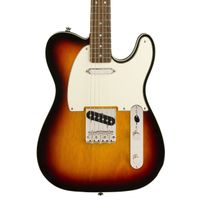
Squier Classic Vibe 60s Telecaster Custom - $473.99/£379/€455
Fender is about choices – and that means a commitment to accessibility that's very clear here with this attractive prospect. A bound 3-colour sunburst body and '60s-style pickups pair with a nyatoh body and Indian laurel fingerboard to keep costs down.
Hands-on videos
Fender
Sweetwater
Thomann

Rob has 20 years of experience writing, reviewing, interviewing and editing for guitar magazines and websites, including Guitarist and Total Guitar.
Over the years he's interviewed artists including Metallica, Black Sabbath, Pearl Jam and Soundgarden, but he's lost count of all the guitar gear he's tested.
He's now Reviews Editor for GuitarWorld.com, Guitar World magazine and MusicRadar guitars, heading up our in-house reviews team to give you in-depth and honest tests of the latest guitar gear. He eats and dreams reviews.
You must confirm your public display name before commenting
Please logout and then login again, you will then be prompted to enter your display name.
